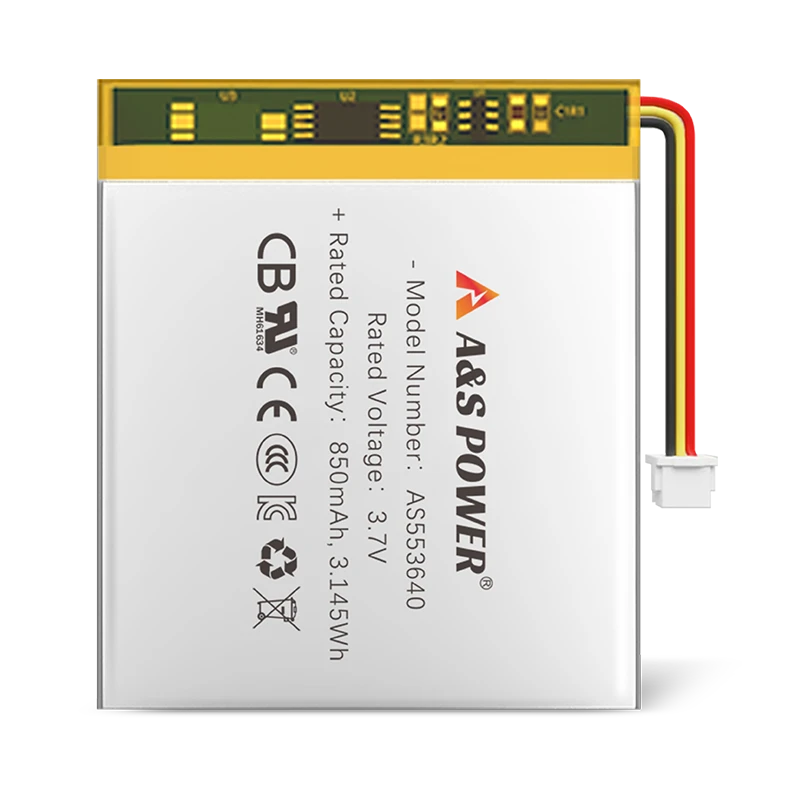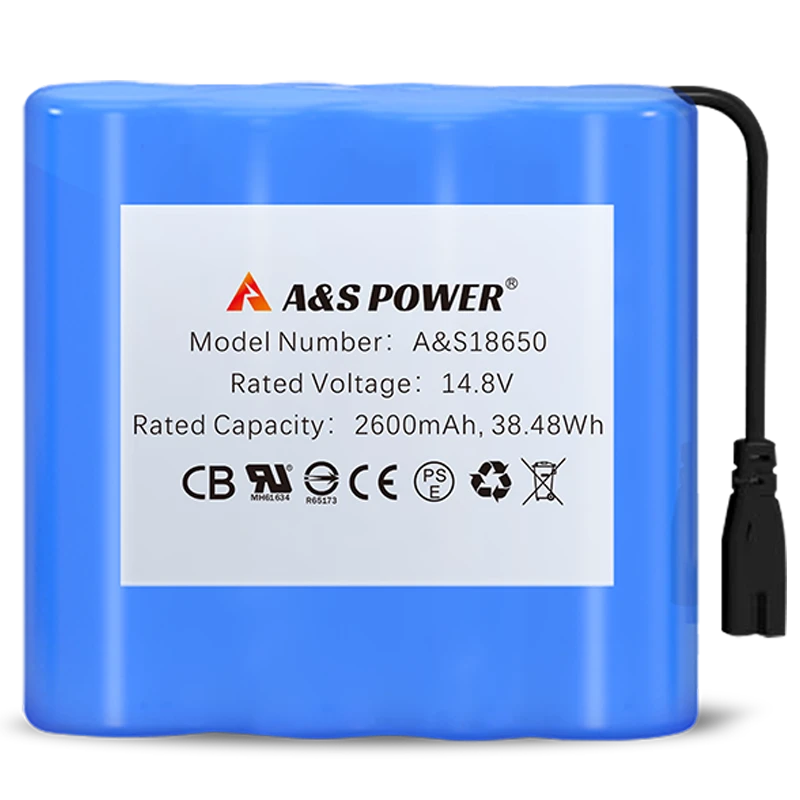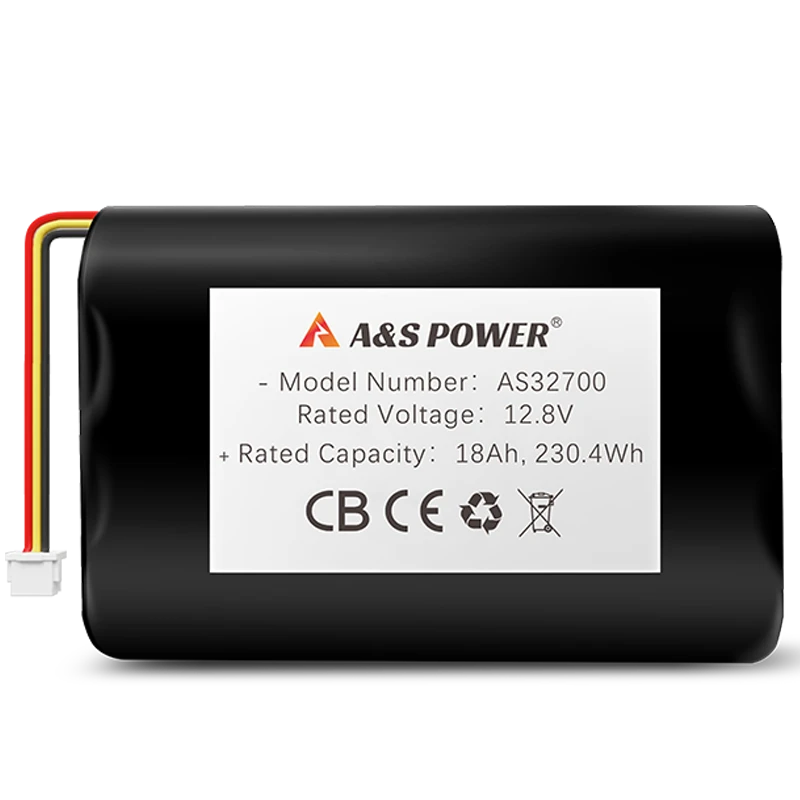How long does a lithium battery last?
How Long Does a Lithium Battery Last?
Lithium-ion batteries have become the cornerstone of modern energy storage technology, powering everything from portable electronics and electric vehicles to grid-scale energy storage systems, with their lifespan being a critical factor influencing both economic viability and environmental sustainability across these diverse applications. The question of how long a lithium battery lasts is multifaceted, encompassing not only the physical degradation of electrochemical components but also the influence of usage patterns, environmental conditions, battery management systems, and technological advancements that collectively determine the operational longevity of these power sources. Comprehensive research conducted by leading institutions and industry players indicates that modern lithium batteries can typically deliver 2,000 to 5,000 full charge-discharge cycles while retaining 70-80% of their original capacity, translating to 8-15 years of reliable service in automotive applications and up to 20 years in stationary storage systems with proper maintenance and optimal operating conditions. According to extensive real-world data analysis by Recurrent Auto, which examined over 15,000 electric vehicles, only 1.5% of EVs required battery replacement within the first decade of operation, excluding recalls, demonstrating exceptional durability that often exceeds consumer expectations and challenges common misconceptions about battery degradation1. This remarkable longevity is made possible through sophisticated battery management systems that meticulously control temperature, charging rates, and voltage parameters, combined with advanced electrode materials and electrolyte formulations that minimize parasitic reactions and structural degradation over thousands of cycling events. The following analysis explores the various factors that determine lithium battery lifespan, presents empirical data from industry studies, and provides evidence-based recommendations for maximizing battery longevity across different applications, offering valuable insights for consumers, businesses, and policymakers seeking to understand the true durability of modern energy storage technologies.
Factors Determining Lithium Battery Lifespan and Degradation Mechanisms
Electrochemical Degradation Processes and Material Science Foundations
The lifespan of a lithium-ion battery is fundamentally determined by the gradual degradation of its electrochemical components, including the anode, cathode, electrolyte, and separator, which undergo complex physical and chemical changes during repeated charging and discharging cycles that ultimately reduce their ability to store and deliver energy efficiently. At the anode, typically made of graphite or silicon-based materials, lithium ions intercalate during charging, but side reactions can cause the formation of a solid electrolyte interface (SEI) layer that grows thicker over time, consuming active lithium ions and increasing internal resistance, while lithium plating under high-rate or low-temperature charging conditions can create metallic deposits that accelerate capacity loss and potentially cause safety concerns. The cathode, composed of metal oxides such as NMC (lithium nickel manganese cobalt oxide) or LFP (lithium iron phosphate), experiences structural changes including phase transitions, particle cracking, and metal dissolution that reduce its ability to hold lithium ions and decrease the overall operating voltage of the battery system. Electrolyte decomposition represents another significant degradation pathway, as organic solvents and lithium salts break down into gaseous and solid products that increase impedance and reduce ionic conductivity, particularly at elevated temperatures where these chemical reactions accelerate dramatically, while the physical separator can undergo mechanical degradation or pore clogging that impedes ion movement and increases vulnerability to internal short circuits. These degradation mechanisms are influenced by multiple operational factors including charging rates, depth of discharge, temperature exposure, and state-of-charge maintenance, with research indicating that batteries operated at 25°C and 50% state of charge retain over 85% of their capacity after one year, whereas those stored fully charged at 40°C show less than 65% retention under the same conditions, highlighting the critical importance of environmental and operational management for maximizing battery lifespan9.
Impact of Usage Patterns and Environmental Conditions on Battery Longevity
The practical lifespan of lithium batteries in real-world applications varies significantly based on usage patterns, environmental conditions, and maintenance practices, with substantial differences observed between automotive, consumer electronics, and stationary storage applications due to their distinct operational profiles and environmental exposures. Electric vehicle batteries typically experience the most demanding usage conditions, subject to rapid charging, high discharge rates, and wide temperature fluctuations, yet even under these challenging circumstances, modern EV batteries demonstrate impressive durability, with data from Geotab research indicating an average annual degradation rate of approximately 1.8% across a sample of over 10,000 vehicles, suggesting that most EV batteries will retain about 64% of their original capacity after 20 years of service, significantly exceeding the average vehicle lifespan in many markets9. Consumer electronics batteries generally face less strenuous conditions but often suffer from poor charging habits, including frequent full discharges and continuous charging at high states of charge, which accelerate degradation and typically limit their functional lifespan to 2-4 years of daily use before requiring replacement, though the underlying battery may remain technically functional at reduced capacity for much longer. Stationary storage systems for renewable energy integration or grid support typically enjoy the most favorable conditions, with controlled temperatures, moderate cycling rates, and optimized charging protocols that enable them to achieve 15-20 years of operational service while maintaining 70-80% of initial capacity, making them the longest-lived application category for lithium battery technology. Environmental factors profoundly influence battery degradation, with elevated temperatures being particularly detrimental, as operating at 35°C instead of 25°C can double the degradation rate, while freezing temperatures can cause irreversible damage through lithium plating during charging, and high humidity environments may promote corrosion of external components and compromise safety systems, all of which must be carefully managed to maximize battery lifespan across different applications and geographic locations.
Empirical Longevity Data Across Different Battery Technologies and Applications
Comparative Performance of Major Lithium-ion Chemistries in Real-World Applications
Different lithium-ion battery chemistries offer varying trade-offs between energy density, power capability, cost, and lifespan, with lithium iron phosphate (LFP) typically providing the longest cycle life but lower energy density, while nickel-rich formulations (NMC, NCA) deliver higher energy density but may sacrifice some longevity, particularly under demanding operating conditions. Lithium iron phosphate (LFP) batteries have emerged as the durability leader, with their stable olivine structure providing exceptional resistance to degradation even under high-temperature conditions, typically delivering 3,000-7,000 full cycles before reaching 80% of original capacity, and demonstrating 15-20 year lifespans in stationary storage applications, though their lower voltage (3.2V vs. 3.6-3.7V for NMC) requires more cells for equivalent voltage systems, slightly increasing complexity68. Nickel manganese cobalt (NMC) batteries balance energy density and lifespan effectively, with NMC 811 (80% nickel, 10% manganese, 10% cobalt) typically achieving 2,000-3,000 cycles to 80% capacity retention, while the more mature NMC 111 and 532 formulations can reach 2,500-4,000 cycles with proper management, making them suitable for electric vehicles where both range and longevity are important considerations. Lithium nickel cobalt aluminum oxide (NCA) batteries, used extensively by Tesla and other premium EV manufacturers, offer the highest energy density but require sophisticated battery management systems to maintain longevity, typically delivering 1,500-2,500 cycles to 80% capacity under automotive conditions, though laboratory tests have demonstrated potential for 3,000+ cycles with optimal thermal management and charging control. The following table summarizes the typical lifespan characteristics of major lithium-ion battery chemistries across different applications:
| Battery Chemistry | Energy Density (Wh/kg) | Cycle Life (to 80% capacity) | Typical Lifespan (Years) | Optimal Temperature Range | Primary Applications |
|---|---|---|---|---|---|
| Lithium Iron Phosphate (LFP) | 90-160 | 3,000-7,000 | 15-20 | 0°C to 45°C | Stationary storage, buses, low-speed EVs |
| Nickel Manganese Cobalt (NMC 532) | 150-220 | 2,500-4,000 | 10-15 | 15°C to 35°C | Electric vehicles, power tools |
| Nickel Manganese Cobalt (NMC 811) | 180-280 | 2,000-3,000 | 8-12 | 15°C to 35°C | High-range EVs, premium electronics |
| Lithium Nickel Cobalt Aluminum (NCA) | 200-300 | 1,500-2,500 | 8-12 | 15°C to 35°C | Premium EVs, aerospace applications |
| Lithium Titanate (LTO) | 70-100 | 15,000-20,000 | 20+ | -30°C to 45°C | Fast-charging applications, industrial use |
Industry Benchmarks and Extraordinary Longevity Demonstrations from Leading Manufacturers
Leading battery manufacturers have made significant progress in extending battery lifespan through material innovations, improved manufacturing processes, and advanced battery management systems, with several companies demonstrating extraordinary longevity in both laboratory tests and real-world applications that push the boundaries of conventional lifespan expectations. Contemporary battery technology has achieved remarkable milestones, with companies like CATL (Contemporary Amperex Technology Co. Limited) developing batteries that show virtually no degradation for extended periods, exemplified by their announcement of a battery capable of 1,500 cycles with zero capacity loss, representing a significant breakthrough in longevity technology that could transform economic models for energy storage6810. Tesla's million-mile battery project, announced in 2020, targets 10,000 cycles while maintaining 70% capacity, which would translate to over 20 years of daily use in automotive applications or 30+ years in stationary storage, dramatically reducing the levelized cost of energy storage and potentially enabling vehicle-to-grid services that utilize the battery throughout its extended lifespan. Chinese manufacturer BYD has demonstrated the durability of its blade battery technology (LFP chemistry) in electric buses, with many units exceeding 300,000 miles of operation while maintaining 80%+ capacity, suggesting potential for 20-year lifespans in commercial transportation applications where daily cycling is common, significantly outperforming earlier battery technologies that would have required multiple replacements during this period6. These advancements are supported by improved manufacturing quality control that reduces defects and impurities, sophisticated battery management systems that optimize charging parameters based on real-time conditions, and thermal management systems that maintain batteries within their ideal temperature range, collectively contributing to lifespan extensions that are transforming the economic calculus of energy storage across multiple sectors.
Maximizing Lithium Battery Lifespan Through Optimal Usage and Maintenance Practices
Best Practices for Operational Management and Charging Optimization
Maximizing the lifespan of lithium batteries requires adherence to specific operational practices that minimize degradation mechanisms, including careful management of charging parameters, temperature exposure, and discharge patterns, all of which can significantly extend functional service life beyond typical expectations without requiring additional hardware investments. Maintaining moderate states of charge rather than operating at extremes represents the single most effective strategy for longevity extension, with optimal preservation achieved by keeping batteries between 20% and 80% state of charge for daily use, avoiding both full discharges that cause mechanical stress on electrode materials and continuous operation at 100% charge that accelerates electrolyte decomposition and SEI growth. Temperature management proves equally critical, as operating batteries within the 20°C to 30°C range minimizes degradation rates, requiring active cooling in hot climates and pre-warming in cold conditions before charging, with research indicating that battery lifespan doubles for every 10°C reduction in operating temperature within the relevant range, making thermal management systems valuable investments for applications where longevity is prioritized9. Charging rate optimization also significantly impacts lifespan, with slower charging rates (below 0.5C) generally producing less heat and reducing mechanical stress on electrodes compared to rapid charging (1C or higher), though modern batteries with advanced thermal management can tolerate occasional fast charging without substantial degradation, particularly when performed at moderate states of charge rather than at low or high extremes. For long-term storage, lithium batteries should be placed in a cool environment at approximately 50% state of charge, which minimizes both calendar aging and the risk of capacity loss due to self-discharge, with recommendations typically suggesting 15°C storage temperature and periodic recharge to maintain the 50% level if storage exceeds six months, following guidelines established by major manufacturers and independent research organizations.
Advanced Management Systems and Emerging Technologies for Lifespan Extension
Beyond basic operational practices, advanced battery management systems and emerging technologies offer additional pathways for extending lithium battery lifespan through active monitoring, adaptive control, and novel materials that fundamentally alter degradation mechanisms, providing significant value for applications where replacement is difficult or costly. Sophisticated battery management systems (BMS) now incorporate artificial intelligence algorithms that learn usage patterns and optimize charging parameters accordingly, implementing techniques such as differential charging across cell groups to balance aging, predicting optimal charging rates based on temperature and state of charge, and even performing occasional maintenance cycles that recalibrate state-of-charge estimation without accelerating degradation. Active thermal management systems represent another critical technology for lifespan extension, with liquid cooling and heating systems that maintain optimal temperature ranges even in extreme environments, reducing the degradation acceleration that occurs at temperature extremes and enabling consistent performance regardless of external conditions, particularly valuable for automotive and renewable energy applications where environmental control is challenging. Emerging technologies promise even greater longevity improvements, with solid-state electrolytes that eliminate dendrite formation and reduce SEI growth, silicon-anode composites that withstand volume changes better than graphite, and self-healing materials that repair microdamage during operation, potentially extending lifespans to 20,000+ cycles in some laboratory demonstrations4. Manufacturers like CATL are investing heavily in these technologies, with their announced roadmap targeting 10,000 cycles while maintaining 80% capacity for stationary storage applications by 2025, which would translate to 30+ years of daily cycling, essentially creating lifetime batteries for many applications and dramatically improving the sustainability and economics of energy storage systems610.
End-of-Life Considerations and Sustainability Implications of Battery Longevity
Second-Life Applications and Comprehensive Recycling Infrastructure
As lithium batteries approach the end of their useful life in primary applications, typically defined as reaching 70-80% of original capacity, they increasingly enter second-life applications or recycling streams that extract valuable materials, creating a circular economy that enhances sustainability and reduces the environmental impact of battery production. Automotive batteries that no longer meet the rigorous demands of electric vehicles often retain sufficient capacity for less demanding stationary storage applications, with repurposed EV batteries frequently deployed for solar energy storage, grid frequency regulation, and backup power systems, where they can provide 5-10 additional years of service before requiring recycling, significantly improving overall resource utilization and economic value37. The recycling industry for lithium batteries is expanding rapidly to manage the growing volume of end-of-life units, with current projections suggesting 120 million tons of lithium-ion batteries will reach end-of-life by 2030 globally, creating a potential $60 billion market for recovered materials including lithium, cobalt, and nickel that can be reused in new batteries, reducing mining requirements and associated environmental impacts5. Advanced recycling facilities now achieve recovery rates exceeding 95% for valuable metals like cobalt and nickel, though lithium recovery remains more challenging with typical rates of 80-90% using modern hydrometallurgical processes, still significantly reducing the environmental footprint compared to virgin material extraction and processing7. The sustainability benefits of extended battery lifespan are substantial, with research indicating that doubling battery life reduces the carbon footprint per kilowatt-hour by approximately 40% across the full lifecycle, making longevity improvements equally as important as energy density or cost reduction for achieving truly sustainable energy storage systems that support decarbonization goals without creating new environmental challenges.
Regulatory Frameworks and Standardization Efforts for Lifespan Assessment and Reporting
The growing importance of battery lifespan to consumers, businesses, and policymakers has spurred development of standardized testing protocols, regulatory frameworks, and reporting requirements that create transparency around longevity expectations and enable informed decision-making regarding battery investments across different applications and markets. International standards organizations including IEC (International Electrotechnical Commission) and IEEE (Institute of Electrical and Electronics Engineers) have developed comprehensive testing protocols such as IEC 61960 for cycle life testing and IEC 62620 for secondary lithium cells, providing standardized methodologies for assessing and reporting lifespan under controlled conditions that enable meaningful comparisons between different products and technologies. Regulatory bodies in major markets are implementing requirements for lifespan reporting and warranty protection, with the European Union's battery passport initiative mandating transparency around expected lifespan and recycled content, while China's regulations require minimum performance standards of 1,000 cycles while maintaining 80% capacity for electric vehicle batteries, creating baseline expectations that drive industry-wide improvements in longevity and reliability7. Warranty terms offered by manufacturers provide practical insight into real-world lifespan expectations, with most electric vehicle manufacturers now providing 8-year/100,000-mile warranties that guarantee 70-75% capacity retention, while stationary storage manufacturers typically offer 10-year warranties with similar retention guarantees, though actual performance often exceeds these minimum requirements, particularly when optimal operating conditions are maintained throughout the battery's service life12. These standardization and regulatory efforts collectively improve market transparency, enable accurate lifetime cost calculations, and drive technological innovation toward longer-lasting batteries that reduce total cost of ownership and environmental impact, ultimately supporting the broader adoption of energy storage technologies across multiple sectors and applications.
-

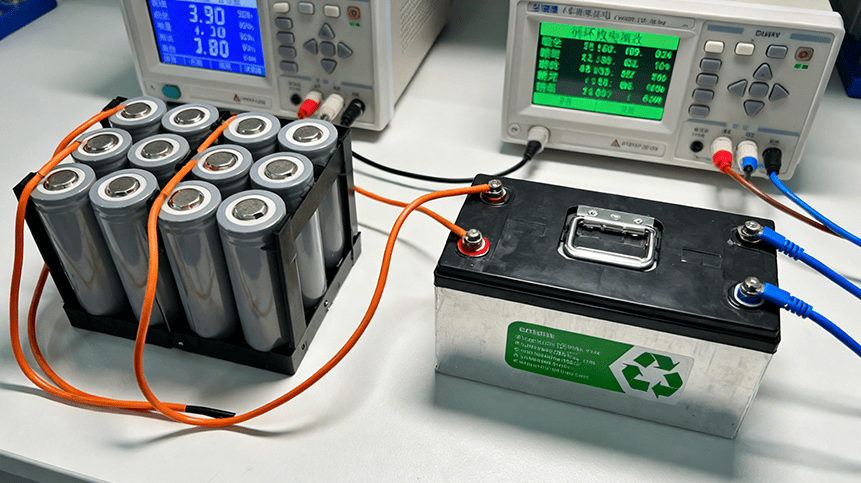 May.2025.11.24Ternary Lithium Battery vs Lithium-ion: Complete Comparison Guide (2025 Edition)Learn More
May.2025.11.24Ternary Lithium Battery vs Lithium-ion: Complete Comparison Guide (2025 Edition)Learn More -

 May.2025.11.214S2P 18650 14.8V Battery: Complete Technical Guide, Specs, Applications & SafetyLearn More
May.2025.11.214S2P 18650 14.8V Battery: Complete Technical Guide, Specs, Applications & SafetyLearn More -

 May.2025.11.18PCM vs BMS in Lithium Batteries: What’s the Difference and Which One Do You Need?Learn More
May.2025.11.18PCM vs BMS in Lithium Batteries: What’s the Difference and Which One Do You Need?Learn More -

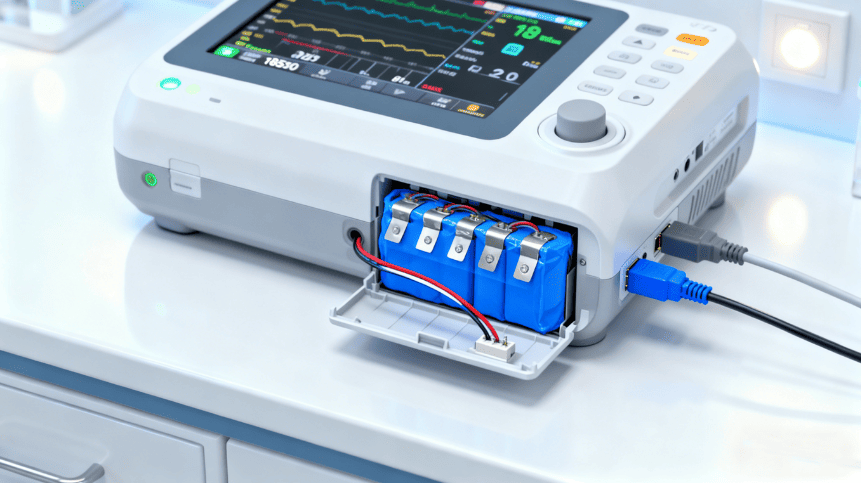 May.2025.11.17Custom Li-ion Battery Design for Medical Devices (2025 Comprehensive Guide)Learn More
May.2025.11.17Custom Li-ion Battery Design for Medical Devices (2025 Comprehensive Guide)Learn More -

 May.2025.11.17The Future of Lithium-Ion Batteries: Innovation, Sustainability, and Global Market TrendsLearn More
May.2025.11.17The Future of Lithium-Ion Batteries: Innovation, Sustainability, and Global Market TrendsLearn More




